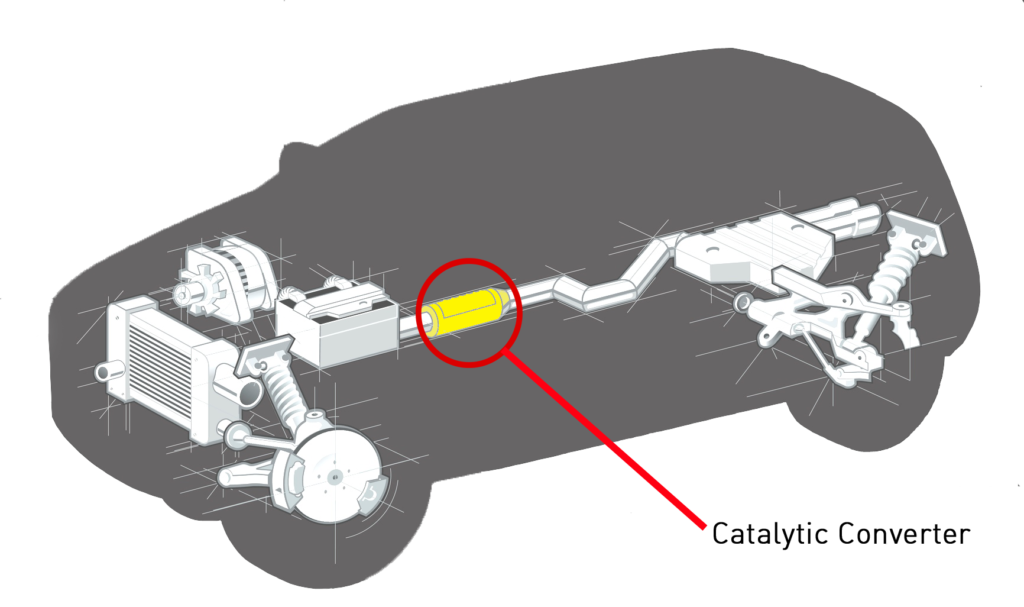
Curriculum links
About this object
Car engines produce harmful, toxic fumes. In the 1970s, there was growing concern over the health risks caused by these fumes.
By calculating the statistical risk to our health, mathematicians were able to work out the probability of these fumes causing us harm.
Catalytic converters were the answer. A catalytic converter is a large metal box that sits underneath a car. They help reduce the chances of us getting ill by reducing the emission of toxic fumes.

Reducing harmful emissions today
Over the years, to further reduce harmful emissions, there have been advances in technology such as electric vehicles.
One of the key benefits of electric cars is that they don’t produce any toxic fumes when they’re running, helping to improve local emissions and air quality in cities and areas of heavy car use.
Learn more about this object on the Science Museum Group Collection website.
Learn more about electric vehicles on the Science Museum Objects and Stories blog.
Discussion questions
- Would you want to know if something you enjoyed doing was causing you harm? If you knew it was harmful, would you change your behaviour?
- Over a lifetime, electric vehicles have about ¾ of the carbon footprint of petrol vehicles. Why do you think this is? Why do you think electric vehicles aren’t more common?
- Can you think of something that is shaped for its function? Why is it designed that way?



